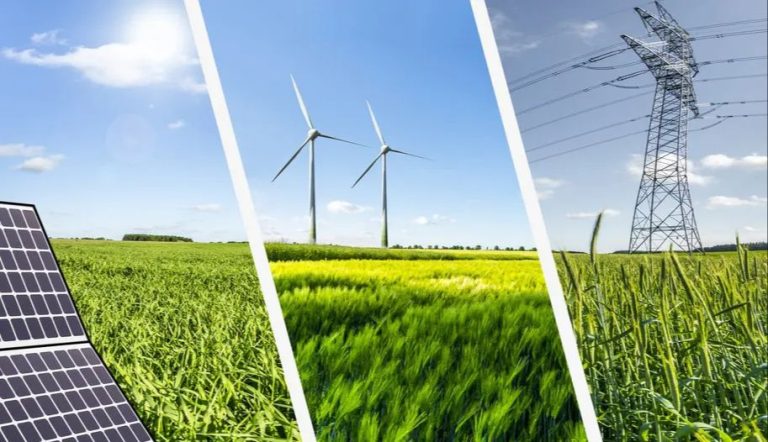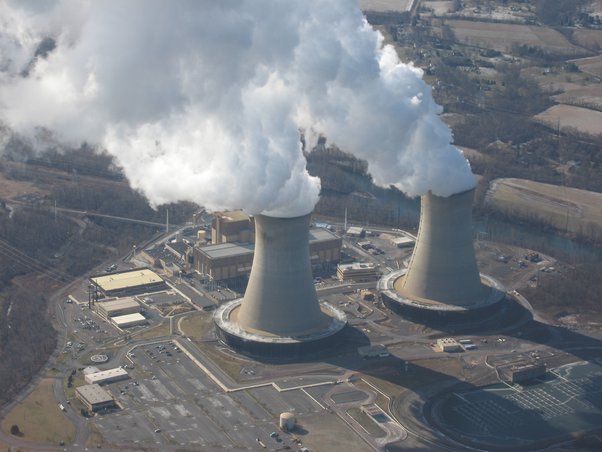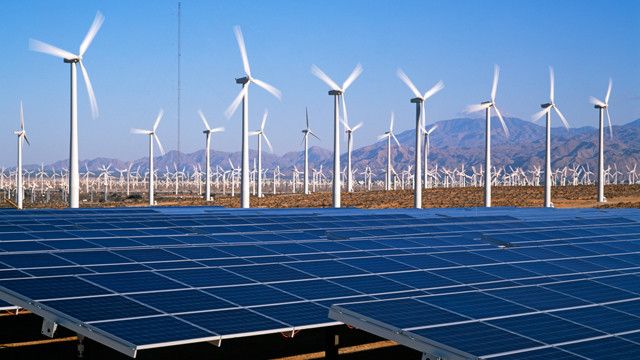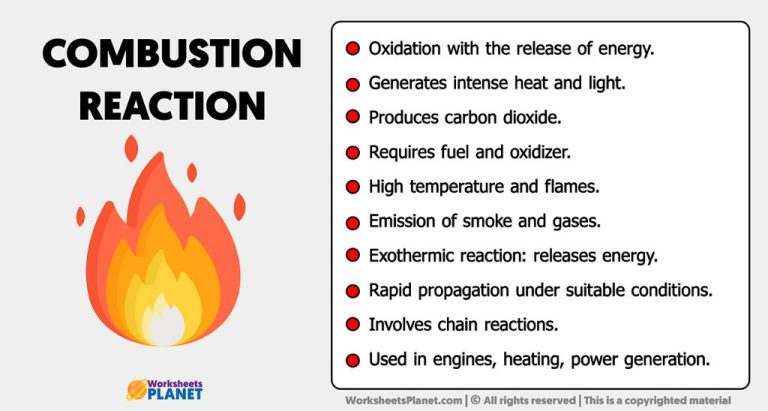Is National Renewable Energy Laboratory A Government Agency?
The National Renewable Energy Laboratory (NREL) is a national laboratory focused on advancing renewable energy and energy efficiency technologies. Located in Golden, Colorado, NREL has been conducting critical research, development, commercialization, and deployment of clean energy technologies for over 40 years (https://www.nrel.gov/). Given its mission and work in renewable energy, an important question is whether NREL is considered a government agency.
History and Founding of NREL
The National Renewable Energy Laboratory (NREL) was founded in 1977 as the Solar Energy Research Institute (SERI) in Golden, Colorado. It was established as part of the National Energy Act passed by Congress in response to the energy crisis of the 1970s. The aim was to create a research center focused on developing renewable energy and energy efficiency technologies.
SERI was created to coordinate the various solar energy research programs that existed across the United States in the 1970s. It consolidated efforts from the National Science Foundation, the Energy Research and Development Administration, the Department of Housing and Urban Development, and other federal agencies under one centralized organization.
In 1991, SERI was renamed the National Renewable Energy Laboratory to reflect its expanded mission beyond solar energy into other renewable technologies like wind and biofuels. Today, NREL is the U.S. Department of Energy’s primary national laboratory for renewable energy and energy efficiency research and development.
Source: https://www.nrel.gov/about/history.html
Organizational Structure
The National Renewable Energy Laboratory (NREL) has a matrix organizational structure consisting of research directorates and offices focused on business operations [1]. The lab is led by a director who oversees the research directorates and offices. Some key elements of NREL’s organizational structure include:
- Research Directorates – Focused on renewable energy and energy efficiency R&D in areas like materials science, computing and data science, integrated applications, etc.
- Operations – Handle functions like facilities, finance, human resources, cybersecurity, etc.
- Partnerships – Manage relationships with industry, universities, NGOs, and other national labs.
- Laboratory Program Offices – Oversee NREL’s work for the Department of Energy.
NREL has over 20 research directorates and offices that report up to the executive leadership team. The organizational structure facilitates collaboration across disciplines to advance renewable energy and energy efficiency technologies [2].
Funding and Budget
The National Renewable Energy Laboratory (NREL) receives the majority of its funding from the U.S. Department of Energy. As a national laboratory, NREL is primarily funded by the federal government to conduct research and development related to renewable energy and energy efficiency technologies.
According to NREL’s website, the total business volume for fiscal year 2022 was $783.5 million. The largest portion of funding came from the DOE’s Office of Energy Efficiency and Renewable Energy at $466.7 million. Other DOE offices provided $184.4 million in funding. Work for other federal agencies amounted to $69 million, while funding from non-federal sources was $63.4 million (NREL).
The Inflation Reduction Act, passed in 2022, invests an additional $150 million specifically for NREL projects and facilities. This includes $57 million for renovations and deferred maintenance of NREL buildings and labs (NREL News).
In summary, NREL receives the bulk of its funding from various DOE offices and programs, supplemented by other federal agencies and some non-federal sources. The recent Inflation Reduction Act also directs additional funding to NREL for infrastructure improvements.
Mission and Objectives
According to their official report, the National Renewable Energy Laboratory (NREL) has a complementary mission to “develop renewable energy and energy efficiency technologies and practices, advance related science and engineering, and transfer knowledge and innovations to address the nation’s energy and environmental goals.”
Specifically, NREL aims to provide the knowledge to fully integrate renewable energy into the nation’s energy systems, homes, businesses and vehicles through research, development, commercialization and deployment. Their key objectives are:
- Advancing science and engineering to provide innovations in renewable power technologies, sustainable transportation, and energy efficiency.
- Transforming renewable energy and energy efficiency technologies into market-viable solutions through testing, validation, and deployment.
- Providing leadership, objective guidance, tools, and innovations to industry, government, and others seeking to make energy choices that have positive environmental and financial impacts.
In summary, NREL’s mission is to drive research, innovation, validation, and adoption of renewable energy technologies across the country.
Facilities and Locations
NREL’s main facilities and offices are located in Golden, Colorado on a 632-acre campus at the base of South Table Mountain. The campus address is 15013 Denver West Parkway, Golden, CO 80401 (NREL – Golden Laboratories and Offices). This campus houses NREL’s administrative offices, education center, and most of the research laboratories.
Some key facilities at the Golden campus include the Energy Systems Integration Facility (ESIF), a 182,500-square-foot state-of-the-art research facility, and the Research Support Facility (RSF), a 360,000-square-foot net-zero energy office building. The campus also features a 1.5 megawatt wind turbine, 1 megawatt of photovoltaics, and multiple buildings with solar panels (NREL – Visiting NREL).
In addition to the main campus, NREL has several other facilities and offices located across the United States. This includes regional offices in Washington D.C., New York, Los Angeles, and Seattle. NREL also operates the National Wind Technology Center in Boulder, Colorado and the Energy Systems Integration Facility in Denver, Colorado (NREL – Addresses and Phone Numbers).
Research and Development
NREL conducts research and development across a wide range of renewable energy and energy efficiency technologies. Some of the key areas include solar energy, wind energy, bioenergy, hydrogen, geothermal power, and vehicles and fuels. The laboratory has experts working to improve solar photovoltaic, concentrating solar power, and solar heating and lighting technologies. In wind, research aims to improve turbine and blade design. For bioenergy, NREL looks at converting biomass feedstocks into renewable fuels and products. The lab also works on fuel cell technologies for vehicles and stationary power. Across all areas, there is a focus on driving down costs and improving efficiency to support greater adoption.
Partnerships
NREL collaborates with a diverse range of partners from industry, academia, and other government organizations on renewable energy projects and initiatives. Some of the key partnerships include:
Private sector companies: NREL has over 360 private sector partners including major corporations like Apple, Microsoft, Toyota, Vestas, Johnson Controls, and many more. These corporate partnerships allow NREL to test and validate new technologies at scale.
Universities and national labs: NREL partners with research universities like MIT, Stanford, Colorado School of Mines on collaborative R&D. They also partner with other national labs like Sandia National Labs and Idaho National Lab on energy systems integration.
State and local governments: NREL assists state/local governments with policy development and provides technical expertise on renewable energy plans. For example, they partnered with the state of Colorado on roadmap for 100% renewable energy by 2040.
International organizations: NREL has partnerships with international organizations like IRENA and Clean Energy Ministerial to provide technical advice and share best practices globally.
Government Oversight
The National Renewable Energy Laboratory (NREL) is a federally funded research and development national laboratory dedicated to the advancement of renewable energy and energy efficiency technologies. While NREL operates with significant autonomy as designated by Congress, the lab is overseen by the U.S. Department of Energy.
Specifically, NREL falls under the purview of the DOE’s Office of Energy Efficiency and Renewable Energy (EERE). The EERE provides funding, management, and guidance to NREL in conjunction with the lab’s site operations contractor, Alliance for Sustainable Energy. The Alliance for Sustainable Energy is a separate legal entity tasked with managing NREL and providing additional oversight per its contract.
Additionally, NREL coordinates its research activities and goals with the DOE’s Office of Science through joint planning workshops and other forums. The DOE’s Inspector General and Chief Financial Officer also conduct reviews and audits of NREL’s operations and finances periodically.
In summary, while NREL operates independently, the lab remains accountable to the DOE through various offices that align its work to national energy goals, evaluate its performance, and provide critical oversight.
Conclusion
Based on the evidence presented, it is clear that the National Renewable Energy Laboratory (NREL) is a government-owned, government-funded organization that operates under the U.S. Department of Energy. While NREL collaborates extensively with private sector partners, it ultimately reports to the federal government and relies on Congressional appropriations for its budget and activities. Key points supporting NREL’s status as a government agency include:
- NREL was founded in 1977 by the United States Department of Energy.
- The lab is managed for the Department of Energy by the Alliance for Sustainable Energy.
- NREL leadership includes a Director appointed by the President and confirmed by the Senate.
- The large majority of NREL’s budget comes from Congressional appropriations allocated through the Department of Energy.
- NREL’s facilities and campuses are owned by the federal government.
- While partnering with industry and academia, NREL’s mission and research priorities align with U.S. government energy goals.
In summary, while exhibiting some unique management and partnership structures, NREL operates under the oversight and funding of the Department of Energy and serves to advance renewable energy priorities set at the federal level. It is therefore clearly classified as a government agency.







